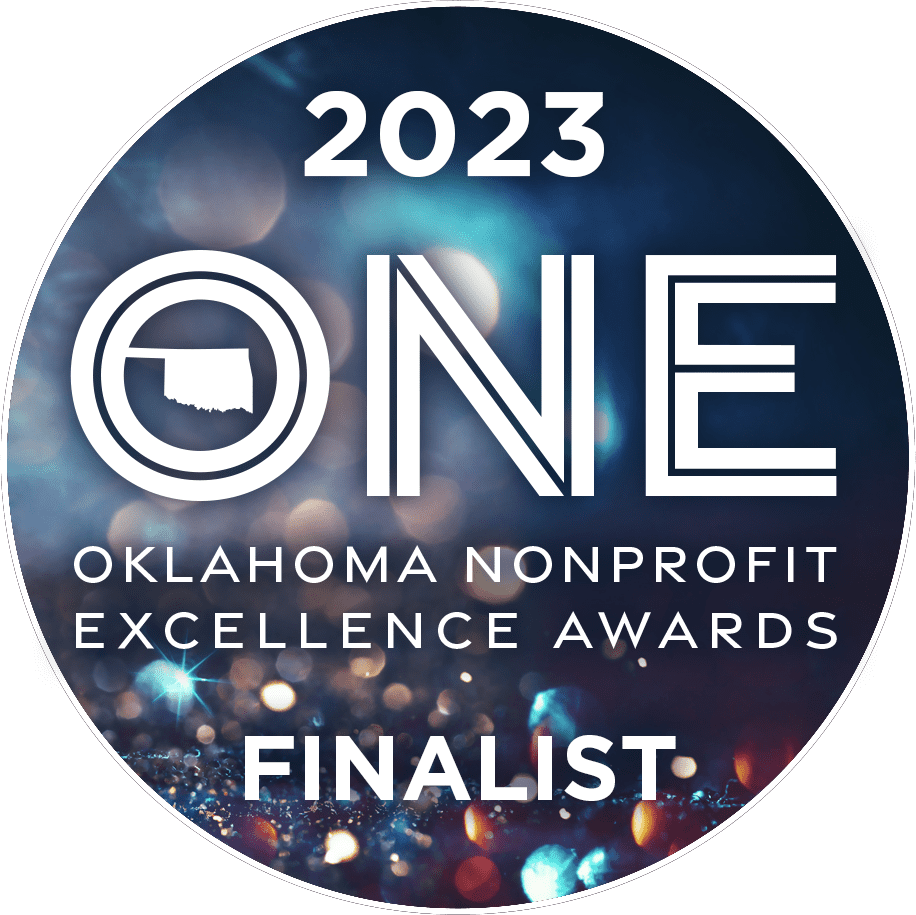From “Math Teacher” to “Teacher of Students”: Cultivating Belonging in Our Classrooms
I recall a pivotal moment early in my teaching career. When asked what I taught, I instinctively replied, “Math.” The trap had been set. A gentle response challenged my perspective: “No. You teach kids.” This simple distinction resonated deeply.
Whether the focus is what or who we teach, the answer undoubtedly lies with our students. As educators, regardless of the setting, we pledge to shape the hearts and minds of these young individuals.
The Tulsa Regional STEM Alliance prioritizes a system that ensures all youth have access to exceptional STEM experiences in school, out-of-school, in competition-based settings, and with mentors. While excellent content and teaching are paramount, our ultimate aspiration is for every child to thrive, authentically and holistically, as learners and human beings.
Therefore, our focus shifts to the how, the pedagogical approach, and the context that best connects with our who, the students, at their current stage. It is not about changing the child so they can access STEM; it’s about adapting the way we introduce and encourage their engagement. As has been said countless times, we must meet them where they are.
I have encountered students who carried more burdens of anxiety and fear in a single morning than I had experienced throughout my childhood. Their anxieties ranged from fears of violence, deportation, hunger, academic failure, and beyond. For them, mastering triangles and slope-intercept forms paled in comparison to these constant worries. This solidified that early realization: I was not just a teacher of mathematics, but an educator who utilized mathematics to connect, build confidence, and equip students with the tools to navigate and impact the world around them. In essence, this epiphany is a common thread among dedicated educators.
Reflecting on the challenges and safety concerns students face due to bullying, prejudice, and hate, I am reminded of the immense responsibility and privilege teachers hold. We have the power to create classroom environments that foster safety and a sense of belonging. Failure to prioritize this leaves students vulnerable to overwhelming burdens originating not just within classrooms, but potentially in hallways, bathrooms, buses, homes, and beyond. No one, young or old, should endure such pervasive fear.
This March, I urge you to consider:
- How can you check on your students?
- How can you foster a sense of community and connection in your classroom?
- How can you ensure each child feels like you are primarily a teacher of students, and, secondly, a teacher of your discipline?
- How will you prioritize belonging?
Let us share stories, tips, and strategies for cultivating a culture of belonging in our classrooms and schools. Together, we can create safe spaces where all students can learn and flourish.
Remember, STEM is Everywhere. STEM is Everyone. ALL are Welcome.

Levi Patrick





